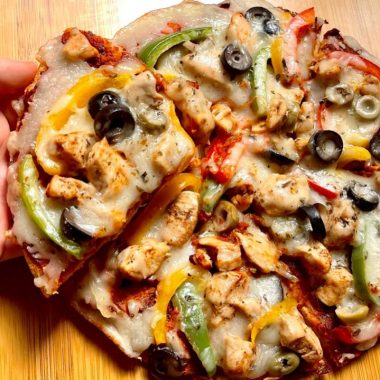Many of us may think “burn some fat”, to feel better in shape at the beach. What does this actually mean
The normal fat cell is primarily there to store energy. The body will increase the number of fat cells and the size of fat cells to absorb the extra energy from high-calorie foods. It’ll go so far as to start depositing fat cells in our muscles, liver and other organs to make room to store all that extra energy from calorie-dense diets – especially when combined with a low-activity lifestyle.
Historically, fat storage worked well for humans. Energy was stored in the form of small groups of molecules called fatty acids, which are released into the bloodstream for use as fuel by muscles and other organs when no food is available.
. Fat storage actually confers a survival advantage in these situations. Those with a tendency to store fat were able to survive for longer periods without food and had extra energy for hostile environments.
But when was the last time you ran from a predator? In the modern era, with the abundance of food and safe living conditions, many people have accumulated excess storage of fat. In fact, more than a third of the adult population in the United States is obese.
The main problem with this extra fat is that the fat cells, called adipocytes, do not function normally. It stores energy at an abnormally high rate and releases energy at an abnormally slow rate. What’s more, these excess and enlarged fat cells produce abnormal amounts of various hormones. These hormones increase inflammation, slow down your metabolism, and contribute to disease. This complex pathological process of excess fat and dysfunction is called steatopathy, which makes the treatment of obesity very difficult.
When a person starts and maintains a new exercise regimen and limits calories, the body does two things to “burn fat.” First, it uses energy stored in fat cells to fuel new activity. Secondly, it stops putting a lot of storage.
The brain signals the fat cells to release energy packets, or fatty acid molecules, into the bloodstream. The muscles, lungs, and heart pick up and break down these fatty acids and use the energy stored in the bonds to carry out their activities. The remaining fat is eliminated as part of respiration, in exhaled carbon dioxide, or in urine. This leaves the fat cell empty and rendered useless. In fact, cells have a short life span, . Over time, the body extracts energy (i.e. calories) directly from food into the organs that need it rather than storing it first.
As a result, the body adjusts by decreasing the number and size of fat cells, which subsequently improves basic metabolism, reduces inflammation, treats disease, and extends life. If we maintain this pattern over time, the body will reabsorb the empty fat cells and discard them as waste, leaving us slimmer and healthier on multiple levels.
about the author
nutritionist Shaimaa Ali
is a-freelance journalist specializing in health and fitness as well as nutritionist certified from mansoura university on Egypt
for Medical information i recommended National Institutes of Health Most of My blog source by it
Explore link https://www.nia.nih.gov
kindly check with a doctor in addition to using the app and before making medical decisions













Pingback: أفضل أوقات حرق الدهون بالجسم | sehtak consulting